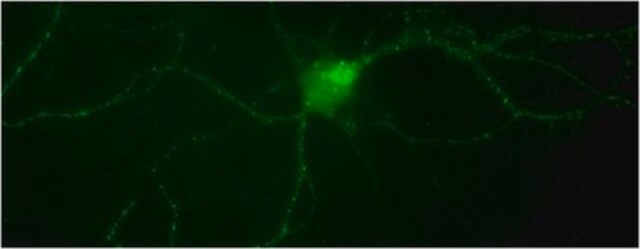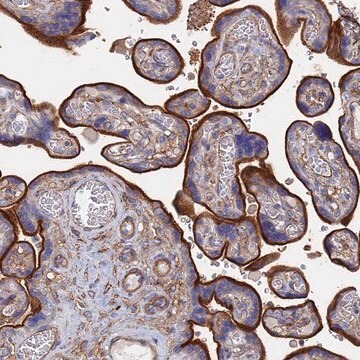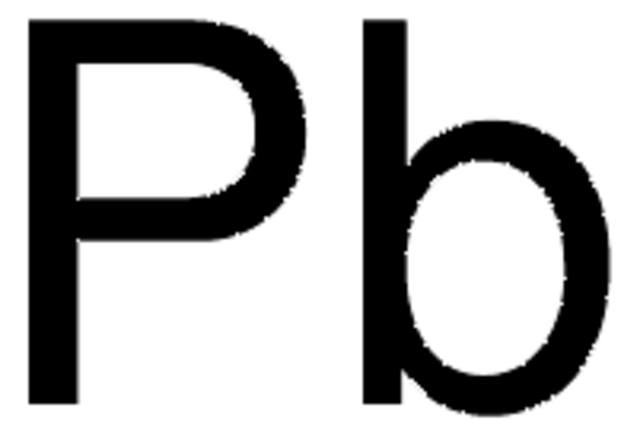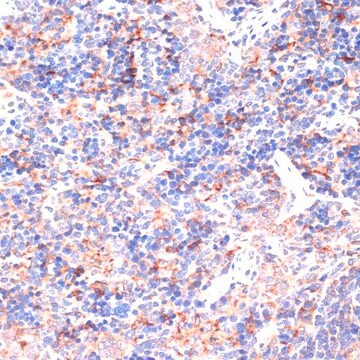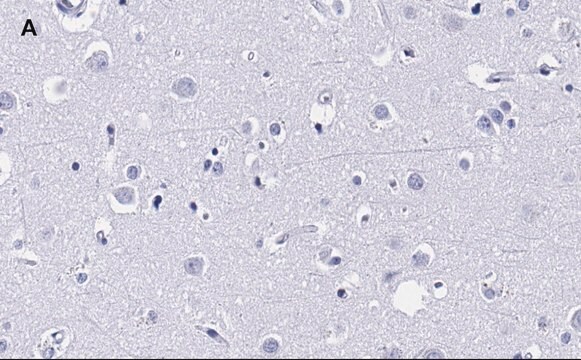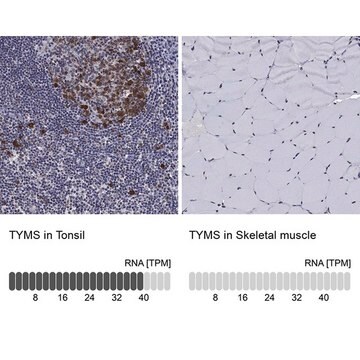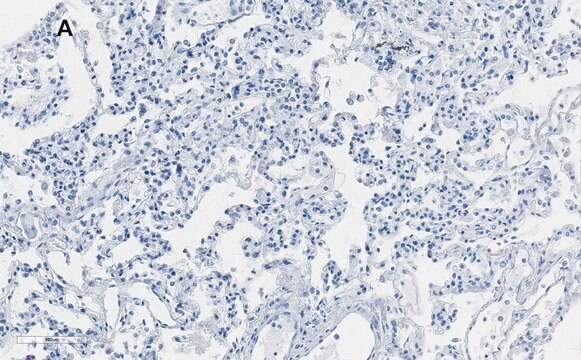MABS2234
Anti-ICA 512/RESP18 Antibody, clone 1348-D29-1
Sinónimos:
Receptor-type tyrosine-protein phosphatase-like N;R-PTP-N;Islet cell antigen 512;ICA 512;Islet cell autoantigen 3;PTP IA-2
About This Item
Productos recomendados
origen biológico
mouse
Nivel de calidad
forma del anticuerpo
purified antibody
tipo de anticuerpo
primary antibodies
clon
1348-D29-1, monoclonal
mol peso
calculated mol wt 105.85 kDa
observed mol wt ~110-140 kDa
purificado por
using protein G
reactividad de especies
human
envase
antibody small pack of 100 μg
técnicas
immunofluorescence: suitable
western blot: suitable
isotipo
IgG2bκ
secuencia del epítopo
N-terminal half
Nº de acceso Protein ID
Nº de acceso UniProt
temp. de almacenamiento
2-8°C
modificación del objetivo postraduccional
unmodified
Información sobre el gen
human ... PTPRN(5798)
Categorías relacionadas
Descripción general
Especificidad
Inmunógeno
Aplicación
Evaluated by Western Blotting in lysate from EndoC βH1 cells.
Western Blotting Analysis (WB): A 1:1,000 dilution of this antibody detected ICA 512/RESP18 in EndoC βH1 cells, but not in cells subjected to RNAi knockdown.
Tested Applications
Immunofluorescence Analysis: A representative lot detected ICA 512/RESP18 in Immunofluorescence applications (Toledo, P.L., et al. (2019). J Biol Chem. 294(21):8564-8576).
Western Blotting Analysis: A representative lot detected ICA 512/RESP18 in Western Blotting application (Toledo, P.L., et al. (2019). J Biol Chem. 294(21):8564-8576).
Note: Actual optimal working dilutions must be determined by end user as specimens, and experimental conditions may vary with the end user.
Forma física
Reconstitución
Almacenamiento y estabilidad
Otras notas
Cláusula de descargo de responsabilidad
¿No encuentra el producto adecuado?
Pruebe nuestro Herramienta de selección de productos.
Código de clase de almacenamiento
12 - Non Combustible Liquids
Clase de riesgo para el agua (WGK)
WGK 1
Punto de inflamabilidad (°F)
Not applicable
Punto de inflamabilidad (°C)
Not applicable
Certificados de análisis (COA)
Busque Certificados de análisis (COA) introduciendo el número de lote del producto. Los números de lote se encuentran en la etiqueta del producto después de las palabras «Lot» o «Batch»
¿Ya tiene este producto?
Encuentre la documentación para los productos que ha comprado recientemente en la Biblioteca de documentos.
Nuestro equipo de científicos tiene experiencia en todas las áreas de investigación: Ciencias de la vida, Ciencia de los materiales, Síntesis química, Cromatografía, Analítica y muchas otras.
Póngase en contacto con el Servicio técnico